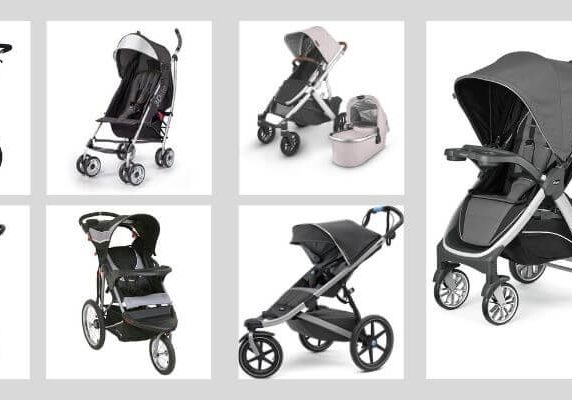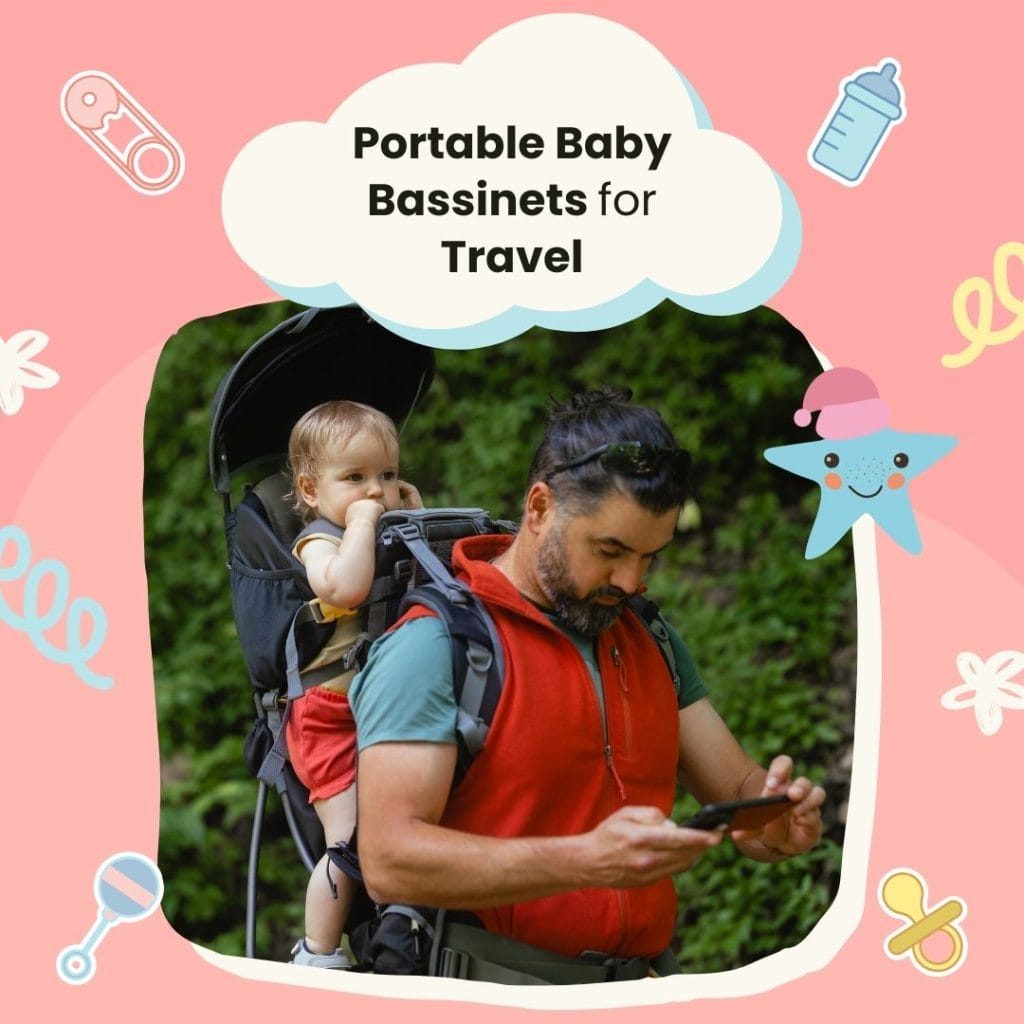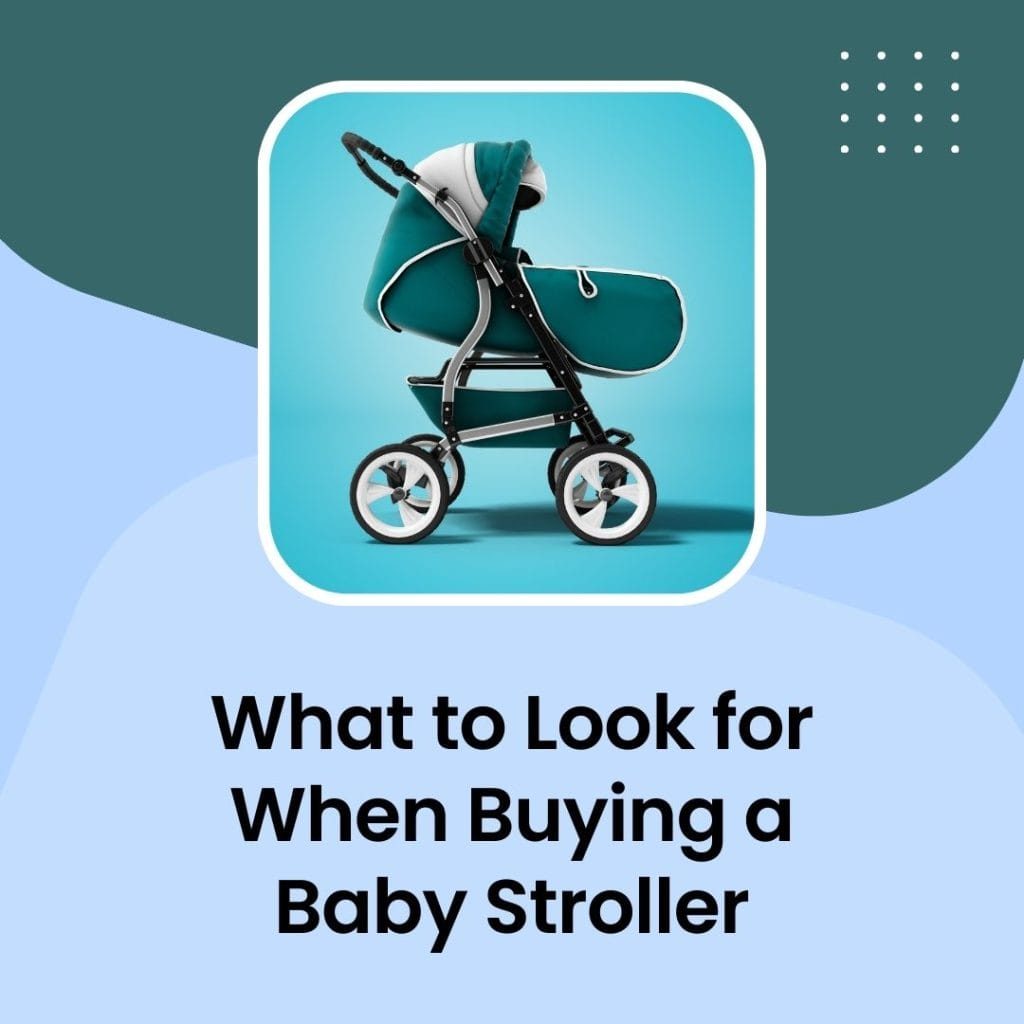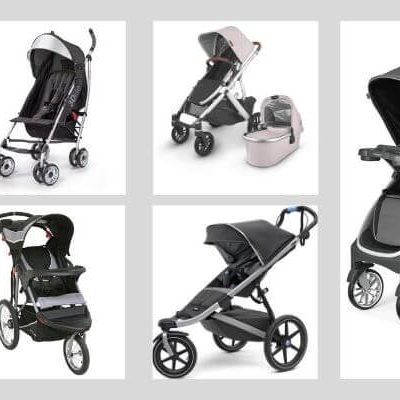Jogging with baby strollers is not just a way to stay fit, but also a fantastic method to enjoy quality time with your little one. However, it requires more than just lacing up your running shoes and heading out the door. This guide will provide tips on how to ensure both safety and enjoyment when embarking on this healthy activity.
Tips for Jogging Safely with a Baby Stroller
Jogging with baby strollers can be a liberating experience for parents, granting them the opportunity to maintain an active lifestyle while caring for their little one. It’s a unique exercise that manages to be exhilarating, challenging, and rewarding at the same time. There’s no denying that jogging with a stroller presents its own set of hurdles. It’s not just about propelling your own weight any more, but also the additional heft of the stroller, the baby, and all the requisite items packed for the ride.
The very mechanics of your running routine undergo a transformation. The focus is divided between your running stride and keeping a vigilant eye on your infant. This can be a tough balancing act, especially for those new to the world of jogging with baby strollers.
Then comes the strategizing aspect. The factors to consider are manifold: accommodating for snacks, choosing the perfect time, keeping a weather check, planning an optimal route that isn’t too far from home yet allows for decent mileage, and ensuring the chosen path or sidewalks are stroller-friendly.
When executed correctly, with appropriate form and planning, running with a jogging stroller can benefit you on multiple fronts. It can enhance your athletic prowess, give you a much-needed breath of fresh air, and provide quality bonding time with your child.
So, how does one ensure a successful stroller run? This article will allow various runners, parents, and experts to share their experiences and tips that have worked for them over the years.
Adjust Your Mindset to Be More Flexible
As Dorothy Beal, a RRCA and USATF Level 1 run coach and a mother with over nine years of marathon training experience with a running stroller, puts it, “Runners often favor structured training plans, particularly when preparing for an endurance event.” However, when it comes to jogging with baby strollers, flexibility becomes paramount.
Adhering rigidly to a training plan whilst managing a stroller can lead not only to frustration but also resentment. Beal suggests a more adaptable approach: starting your run with a flexible goal, such as aiming for 2 to 4 miles. If you feel good and manage to run more, that’s a victory. Yet, if you can only manage two miles, it’s essential not to be hard on yourself.
If you’re following a training plan requiring easy runs, a long run, and a speed day, then gauge what you and your child feel like doing on the day. If your baby dozes off, it could be an opportunity for a lengthier run. Conversely, if they’re awake and alert, consider making it a fun speed or interval training day. As Beal points out, “You won’t have to push a stroller forever, so you might as well just embrace it.”
Include Your Kid(s) Along the Journey
Involving your children in your fitness journey can be a fun and rewarding experience. Dorothy Beal, an experienced runner and mother, shared her unique approach to jogging with baby strollers. Instead of merely stating that she’d be pushing them, she’d ask her children if they wanted to join her for a run. This way, she made them feel like active participants in the activity.
Beal would make the most of this time together by incorporating interactive games during their runs. They would play eye-spy and have lively discussions about life and the world around them. This engagement was different and more dynamic compared to their usual playtime at home.
This strategy proved effective as it made the runs enjoyable not only for Beal but her children as well. They felt included and were often excited to join her for runs. This simple yet thoughtful approach transformed these jogging sessions into a fun-filled family activity.
Adopt New “Normal” Times
One of the realities of jogging with baby strollers is that your average running pace will likely change, especially at the beginning. This advice comes from Ellen London, a marathoner, mother, and co-founder of Ladies Lead. London explains that there’s a learning curve involved in adapting to jogging with a stroller.
Rather than feeling stressed about a slower pace or being tempted to abandon your running watch due to discouragement, London advises moms to keep wearing their watches. She suggests setting new “normal” times and benchmarks specifically for stroller runs. This approach helps you track your progress over time and can be highly rewarding.
As London puts it, “Knowing your stroller times can help you work toward improvements…we’re all such data geeks.” Similarly, experienced running coach Dorothy Beal agrees with this perspective. She mentions, “It’s silly to imply that you can’t run fast-for-you with a stroller. If you want to, you can.”
However, both London and Beal stress the importance of adjusting your expectations and being content with simply getting out for a run, regardless of the pace. They point out that choosing the correct route can greatly enhance your stroller running experience. Avoid sidewalks with cracks, bumps, and roots that can make running with a stroller challenging. Instead, look for quiet, low-traffic backroads, park routes, or paved recreation paths that will enable a smooth run.
Don’t Deathgrip the Stroller
Holding onto the stroller tightly while running may seem instinctual, as you carry your most precious cargo in it. Yet, Ellen London suggests maintaining a running form akin to when you’re without a stroller. When on a flat terrain, consider holding the stroller with one hand at a time, switching hands intermittently, similar to how you’d swap if you were carrying a water bottle.
The hand holding the stroller should rest lightly on the handle, allowing your other arm the freedom of a full swing. This approach contributes to maintaining a balanced running form. Over-clenching the stroller can lead to muscular issues and rigidity. Hence, a relaxed grip is key to smooth and safe stroller runs.
Recruit Your Core and Leg Strength to Push the Stroller
Running with a stroller naturally requires more exertion than running alone, and effectively leveraging your core and leg strength can be a game-changer. The act of pushing a stroller involves your core muscles more than a typical solo run, so it’s crucial to engage your abdominal muscles as you push forward.
Simultaneously, your legs will bear a significant part of the workload. Powerful leg muscles not only propel you forward but also provide the necessary stability when running a stroller over uneven ground.
Remember to maintain a good posture without leaning too far into the stroller – this maximizes the efficiency of your stride while reducing the risk of back strain. Ultimately, utilizing your core and leg strength can enhance both your running performance and your overall stroller jogging experience.
Be Well-Stocked
Preparation is key when planning a stroller run. As experienced runner and mother Dorothy Beal aptly puts it, there’s no such thing as being too prepared for a stroller run. Beal advises packing essentials such as sunscreen, bug spray, coloring books, water, bottles, diapers and wipes, and a variety of snacks.
Ellen London, a marathoner and mother, adds to this list by suggesting an extra layer for your child. Even on warmer days, children might feel the chill of the wind since they aren’t exerting themselves as much.
When it comes to dressing your child for colder months or on brisk days, Melanie Prior, M.D., an assistant attending pediatrician at the Hospital for Special Surgeries, recommends a layered approach. Begin with a thin base layer that covers your child from neck to toe. The second layer can be everyday clothing like a shirt and pants. The final layer should insulate against cold weather, with options ranging from a snowsuit, winter coat, to stroller bunting depending on the weather conditions.
Keeping your child entertained during the run is also crucial. A tailored playlist or run-only items can add an element of excitement. Beal shares, “The coloring books we would bring were ‘special’ ones they only got to color on while out on a run.”
Lastly, creating a pre-packed “run-kit” filled with all these essentials can save time and make heading out for a run quick and convenient.
Check the Weather Conditions
Keeping tabs on the weather conditions is essential when planning to jog with a baby stroller. On colder days, it may be challenging to figure out just how cold is too cold for an outdoor run with your child. Melanie Prior, M.D., advises caution when temperatures drop below 20 degrees Fahrenheit, at which point an indoor workout might be a safer choice.
Monitoring the hourly forecast can help you avoid running in extremes of temperature or during unexpected storms. Pay attention to real-feel temperatures as wind chill can make the outdoors seem colder than they actually are.
When venturing out in cold temperatures between 20 and 30 degrees, limit your jog to 15 minutes. If the temperature is above 30 degrees, you can extend the run slightly. Choosing to run during the afternoon, when it’s likely warmer, is another way to ensure comfort for you and your child.
It’s important to keep an eye on your child’s body temperature and hydration levels throughout your run, especially for non-verbal infants. Prior suggests checking the temperature at the nape of the neck, hands, or feet of the child as these areas should remain warm.
Signs of extreme cold in a baby include changes in skin color, lethargy, or decreased activity. In such cases, it’s best to immediately retreat indoors. Always use your common sense when deciding to go on a run in cold weather. If it feels too cold, opt for an indoor workout. Upon returning from a run, remember to remove all your child’s layers to prevent overheating.
Adjust Your Stroller to Meet Your Needs
Just as you would fine-tune an indoor exercise bike to fit your needs, don’t shy away from adjusting your jogging stroller. Many high-quality models come with adjustable handles and suspension systems, allowing you to modify your stroller as your child grows. If you have an adjustable handlebar, aim for a relaxed and comfortable posture, letting your arms naturally reach the handle without excessive leaning. Maintaining an ergonomic position can significantly prevent shoulder strain and discomfort.
Moreover, remember that not all strollers are created equal. Despite their cost, investing in multiple strollers can be beneficial. As experienced runner Dorothy Beal points out, she has owned various strollers over the years, each serving a unique purpose — some were ideal for speed, while others were better suited for longer distances. According to Beal, strollers designed for long-distance runs often have a slim, fixed front wheel, while those for casual jogs come with thicker, more durable wheels.
Lastly, consider purchasing additional stroller accessories, such as a rain protector or a weather shield. As Melanie Prior, M.D., suggests, these can be incredibly useful for safeguarding your child against various weather conditions.
APBFH Baby Stroller Safety Wrist Strap
Many jogging strollers come equipped with a safety wrist strap, a feature often overlooked but extremely crucial, especially in unexpected situations. Consider this accessory akin to a seatbelt – it’s there to keep you connected to the stroller should anything go awry.
The risk intensifies on uneven terrains such as hills or crowded areas like busy intersections, where a slip or fall could detach you from the stroller. In such scenarios, the wrist strap serves as a safety tether, ensuring that your child remains secure and close.
Remember to alternate the wrist strap to the hand you’re using to push the stroller. This small step not only maintains the safety tether but also provides a more balanced workout. If your stroller doesn’t include a wrist strap, it’s highly recommended to invest in one – the added layer of safety is well worth it.
Conclusion
In conclusion, jogging with baby strollers can be a delightful and healthy activity for both parents and the child, provided proper precautions are taken. Always remember to pack essentials, check the weather, and adjust the stroller to fit your needs. Safety must be the paramount concern, with features like the stroller’s safety wrist strap playing a crucial role. As you venture outdoors, cherish these moments of bonding and fitness, ensuring the utmost comfort and safety for your little one.









